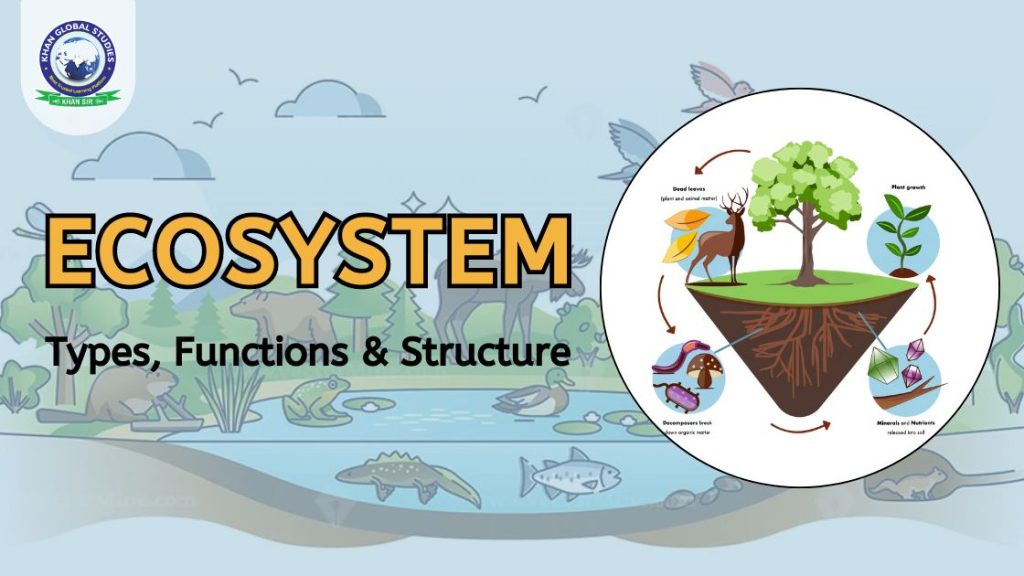An ecosystem is a complex web of interdependent relationships between living organisms and their environment. Understanding the concept of ecosystem is important to understand the delicate balance of life on Earth and the impact of human activities on natural habitats.
Define Ecosystem
An ecosystem can be defined as a geographical area where plants, animals and other organisms interact with each other and with the physical surroundings. It is a dynamic system where energy flows and nutrients cycle, creating a web of interdependence. Ecosystems can range in size from a small pond to a vast rainforest, each with its own unique set of components and processes.
Basic Concepts of Ecosystem
The two main elements that make up an ecosystem are:
- Biological components: These are the living parts of the ecosystem, including plants, animals, microbes, and fungi. Each organism plays a specific role, such as the Producer (for example, plants that capture energy through photosynthesis), the Consumer (for example, animals that eat plants or other animals), and the Decomposer (for example, bacteria and fungi that break down dead organic matter).
- Abiotic factors: These are non-living physical and chemical factors that affect the ecosystem. Examples include sunlight, temperature, water availability, soil composition, and atmospheric gases.
Types of Ecosystem
The natural world encompasses a diverse range of ecosystems, each with distinct characteristics. Here are some prime examples:
- Terrestrial Ecosystems: These land-based ecosystems cover a wide variety of habitats, from deserts and grasslands to forests and mountains.
- Aquatic Ecosystems: Freshwater ecosystems such as lakes, rivers and wetlands co-exist with saltwater ecosystems such as oceans and estuaries.
- Artificial Ecosystems: Man-made environments such as farms and aquariums can also be considered ecosystems, although they generally have less species diversity than natural ecosystems.
Functions of the Ecosystem
Ecosystems perform many functions that are essential for life on Earth. Here are some of the major ones:
- Energy Flow: Sunlight enters the ecosystem and is captured by plants through photosynthesis. This energy then flows through the food chain when organisms consume each other.
- Nutrient Cycling: Essential nutrients such as nitrogen, phosphorus, and carbon circulate within the ecosystem, ensuring their availability to all living things.
- Decomposition: Decomposers break down dead organic matter, returning nutrients to the ecosystem and preventing waste buildup.
- Habitat Provision: Ecosystems provide shelter and resources for the organisms living within them.
Structure of the Ecosystem
The structure of an ecosystem is determined by the interactions between its biotic and abiotic components. It generally consists of three main layers: producers (plants and algae), consumers (herbivores, carnivores, and omnivores), and decomposers (bacteria, fungi) along with the physical environment.
Conclusion
Ecosystems are complex and dynamic systems that sustain life on Earth. By understanding their concept, types, functions and structure. We gain information about the interconnectedness of all living beings and the importance of preserving and protecting natural habitats for future generations. We must strive to maintain the delicate balance of ecosystems to ensure the well-being of all living beings and the health of our planet.




